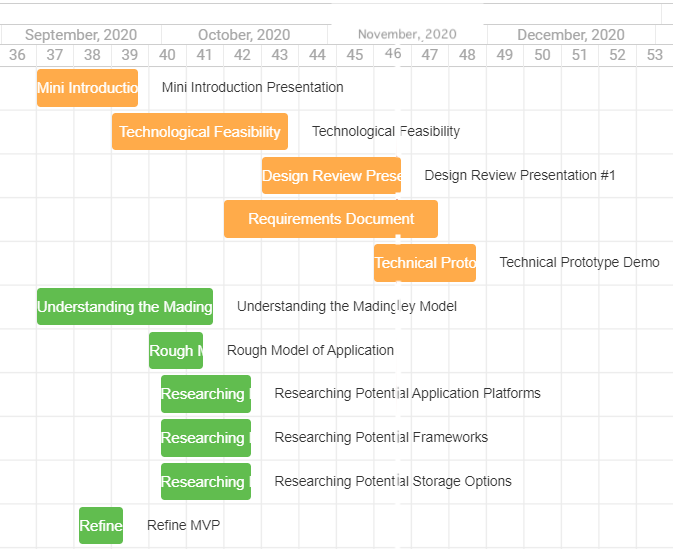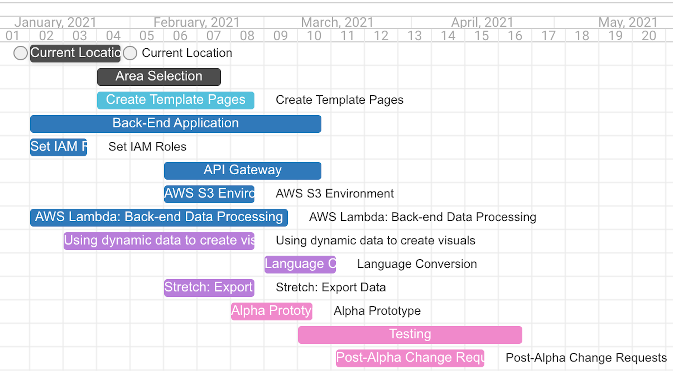 Biosphere
Biosphere
 Biosphere
Biosphere
Tropical forests are biodiversity hotspots filled with many species of flora, fauna, and fungi. Thousands of these species in recent years have become extinct. The root of this current mass extinction lies in a variety issues that have been unresolved for years. These include increased climate change from human sources, illegal deforestation/logging, and illegal poaching.
Many scientists around the world have dedicated themselves to specifically researching and collecting information on this topic. From this, many solutions and models have been created in attempt to remedy the predicament that vulnerable biodiverse areas like tropical forests are in. One of the leading models currently is the Madingley Model. It possesses revolutionary capabilities that allow it to surpass other existing models, such as being able to represent all life on Earth. Another distinguishing feature is its ability to include the interactions between different species and the environment. It can also be specified for each ecosystem. Having this unique feature allows for changes over time in the interactions between species, since it is not a fixed concept as defined in other similar models.
Even though it has a lot of important information on these topics, the Madingley model is a very complex framework that requires some level of expertise from both the software side, and ecology/biology to understand and operate. Therefore, we developed an application that provides an easy-to-use experience for users who do not have the: money, technical expertise, or computer hardware to run this model. By creating this app, we hope to raise awareness for the importance of biodiversity by presenting findings from the Madingley model to all users that have an internet capable browser or device.
As you can see in the Fall 2020 Gantt Chart, we spent about five months planning and researching. In particular, one of the main things we accomplished in the first half of our project was outlining our Minimum Viable Product (MVP). In addition to that task, we also created a rough model of the application, developed a better understanding of the Madingley Model, and researched possible software that we could use for our solution.
After we solidified the requirements, we were able to move onto the implementation part of our project. During the Spring 2021 semester, we wrote all the code needed to satisfy the requirements. Throughout the implementation process, the team simultaneously worked on the frontend and the backend components. In terms of the frontend, some of the things we were able to accomplish were having a working map selection component, successfully translating our app to several languages besides English, and creating a results page that contained visuals that were easy for the user to understand. In addition to that, we were also able to get the AWS Lambda, AWS S3 Bucket, and API Gateway working on the backend. We ended up completing the project in April 2021 and we delivered the finished product to the client. He was very pleased with the results and he is planning on adding to it in the future.

The orange tasks represent course-based assignments. The green tasks represent our team driven tasks.

Series of tasks that were completed by product delivery in April 2021. Each member had a
corresponding color:
Wesley (Gray)
Greg (Light Blue)
Kainoa (Dark Blue)
McKenna
(Purple)
Team Effort (Pink)